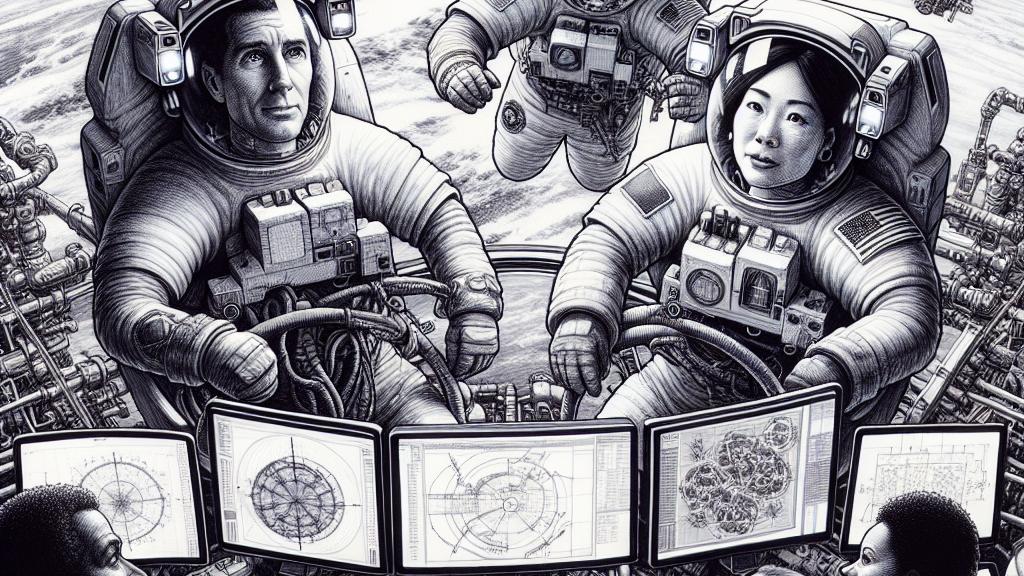NASA Delays the Return Home for Stranded Astronauts
Overview
- NASA has revealed yet another delay for astronauts stuck on the International Space Station (ISS), leading to further unexpected changes in their mission.
- Butch Wilmore and Suni Williams, who originally planned a brief eight-day stay, will find themselves living in space until at least March 2025.
- This extended delay is due to significant malfunctions in their Boeing Starliner spacecraft, requiring a comprehensive reevaluation of their return plans.

A Space Odyssey Turns Complicated
Picture this: floating high above the Earth, NASA astronauts Butch Wilmore and Suni Williams are navigating a major challenge aboard the ISS. They launched in June 2024, anticipating a short eight-day mission filled with exhilarating experiments and breathtaking views. However, fate had other plans. During their journey, they encountered serious issues with their Boeing Starliner's propulsion system. Specifically, five out of its twenty-eight thrusters failed, leading to a technical crisis. NASA's engineers worked tirelessly, analyzing each component and conducting tests to solve the problem. Ultimately, they made the tough choice to send the Starliner back to Earth without its crew, which left Wilmore and Williams stranded for what will now amount to over nine months—far from the brief adventure they had signed up for!
Mission Adjustments: A New Timeline and Expectations
What lies ahead for these courageous astronauts? NASA recently announced that they won’t be returning until at least March 2025, which raises eyebrows about the versatility of human endurance in challenging environments. Their long-awaited return will be on the Crew-10 mission, waiting for it to be cleared following the Crew-9 operation. Ironically, Crew-8, which could have rescued them, had already taken off with a full slate of astronauts who had been in space for three months longer than Wilmore and Williams. This twist in the tale exemplifies just how unpredictable space missions can be. While they bide their time, these astronauts aren’t just waiting—they're diving into an array of experiments and engaging with audiences back on Earth to share their unique experiences. This extended stay brings about vital learning opportunities, emphasizing adaptability and resilience in the face of adversity—a powerful reminder that even in the depths of space, human ingenuity shines brightly.

Loading...